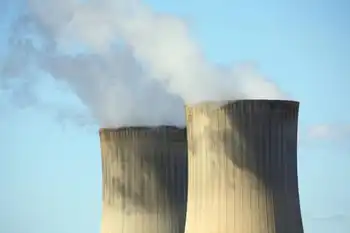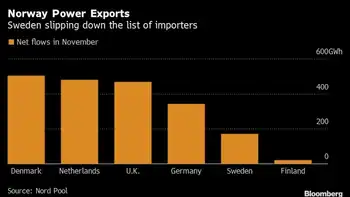China soon to be biggest wind producer
BEIJING, CHINA - China is expected to surpass the United States in the installed capacity of wind power and become the largest producer in the world by the end of 2010, said Wu Yin, the vice director of the National Energy Administration NEA at the Chinese Energy Enterprises Summit Forum 2010, which was held in Beijing recently.
This is the first public confirmation from a Chinese official that the installed capacity of wind power in China will be the world's largest.
Just recently, the NEA said that the installed capacity of wind power in China would reach 35 gigawatts GW by the end of this year. The actual installed capacity might surpass this figure, Wu said, he gave no specific prediction.
China's installed capacity of wind power received an additional 13.8 GW in 2009. As of the end of 2009, China's accumulative installed capacity of wind power reached 25.8 GW, ranking second just after the United States' 35.06 GW. If 2010 sees the same level of new construction as 2009, China's installed capacity of wind power will be close to 40 GW by the end of this year.
According to a latest report of the Bloomberg New Energy Finance, it's expected that the new installations of wind power in the United States will drop 39 compared with the previous year. Mr. Steve Sawyer, Secretary of the Global Wind Energy Council GWEN, said at a recent news conference for the publication of the Global Wind Energy Outlook 2010, that the installed capacity of wind power in China might surpass the United States at the end of this year, but no official response was given at that time.
Related News

US looks to decommission Alaskan military reactor
WASHINGTON - The US Army Corps of Engineers has begun decommissioning Alaska’s only nuclear power plant, SM-1A, which is located at Fort Greely. The $17m plant closed in 1972 after ten years of sporadic operation. It was out of commission from 1967 to 1969 for extensive repairs. Much of has already been dismantled and sent for disposal, and the rest, which is encased in concrete, is now to be removed.
The plant was built as part of an experimental programme to determine whether nuclear facilities could be built and operated at remote sites more cheaply than diesel-fuelled plants.
"The main approach was…




